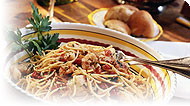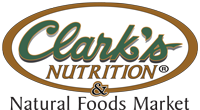Search Healthnotes
Wheat-Free Diet

Why Do People Follow This Diet?
Symptoms
Wheat allergy symptoms may include any of the common symptoms of food allergies, including skin rashes or hives, gastrointestinal distress, breathing problems, or many other possible symptoms. In severe cases, a life-threatening reaction called anaphylaxis may occur. To avoid an allergic reaction to wheat, ask about ingredients at restaurants or others’ homes, and read food labels. Be aware that processed foods can be a source of hidden (unlabeled) wheat. For example, “flour” usually means wheat. Individuals who have celiac sprue (gluten-sensitive enteropathy) need to avoid all foods containing gluten, including wheat. A gluten-free diet excludes all foods containing wheat, rye, and barley. The following is a list of foods that should be avoided on a wheat-free diet. This is not a complete list and it would be prudent to consult with a health care professional for more information.
Copyright © 2025 TraceGains, Inc. All rights reserved.
Learn more about TraceGains, the company.
The information presented by TraceGains is for informational purposes only. It is based on scientific studies (human, animal, or in vitro), clinical experience, or traditional usage as cited in each article. The results reported may not necessarily occur in all individuals. Self-treatment is not recommended for life-threatening conditions that require medical treatment under a doctor's care. For many of the conditions discussed, treatment with prescription or over the counter medication is also available. Consult your doctor, practitioner, and/or pharmacist for any health problem and before using any supplements or before making any changes in prescribed medications. Information expires December 2025.











